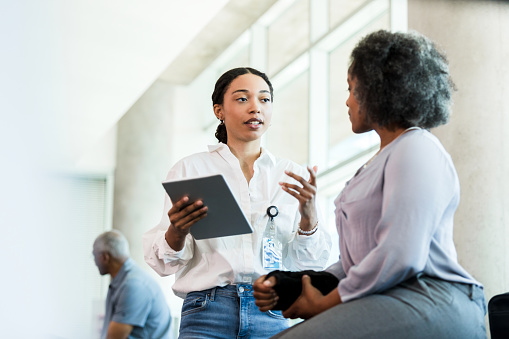
Plastic surgery is a surgical specialty that focuses on reconstruction, replacement, and aesthetic restoration of the human body. It involves a variety of procedures, including breast augmentation, otoplasty (ear surgery), facial implants, liposuction, and body lifts. Depending on the procedure, patients may experience an extended period of recovery.
Reconstructive plastic surgery can help to correct birth defects, developmental abnormalities, burns, and injury. Some conditions that may require reconstructive surgery include: cleft palate, burns, infections, and fractures. These surgeries can be performed on children of all ages. Patients can receive care from a team of experienced plastic surgeons, nurses, and other medical specialists. In addition to treating complex surgical issues, the Texas Children’s Plastic Surgery team also provides full restorative care for pediatric patients.
Plastic surgery is a specialized field that requires an understanding of basic science, anatomy, and physiology. It can also include special skills and interpersonal skills. If you are considering cosmetic or reconstructive surgery, be sure to speak with a board-certified plastic surgeon. You will need to know more about the risks and benefits, as well as the recovery time associated with the procedure. Contact the surgeon right away if you have questions or concerns.
In order to become a Plastic Surgeon Mark Ashton, you will need to complete a medical school and then undergo a residency. A typical residency is six years in length. The training program should include at least three years of clinical training and five or more years of education in an ACGME-accredited plastic surgery program. After completing your training, you will need to undergo a post-residency fellowship to become board-certified.
During your fellowship, you will study a wide range of surgeries. Common procedures include tummy tucks, blepharoplasty melbourne, breast enhancement, otoplasty in melbourne, and arm lifts. Facial rejuvenation can help to restore a youthful appearance and improve your self-confidence. Laser treatments are also offered to reduce wrinkles and age spots.
Breast enlargement can be done using saline filled implants or silicone gel. Liposuction removes excess fat and skin from targeted areas. Bruising and pain are usually minimized. Abdominoplasty surgery in Melbourne, on the other hand, is a cosmetic procedure that tightens the underlying abdominal muscles and gives the patient a thinner abdominal look.
Other popular facial procedures include a brow lift, which repositions and reshapes the forehead and eyes. It can also help to reduce frown lines and wrinkles in the bridge of the nose. Similarly, facial implants can be used to reshape the chin, cheeks, and jaw.
For many people, cosmetic surgery is an elective treatment. However, young adults may face a financial burden if they choose to undergo a procedure. As a result, it is important to find out if insurance covers the cost of the procedure. Also, some surgeries may need to be repeated in a few years.
When choosing a board-certified plastic surgeon, you will want to take into account the surgeon’s experience and reputation. He or she will have a track record of providing excellent care to his or her patients. Additionally, they will have trained in a variety of minimally invasive surgical techniques.
 If you have an ingrown toenail, you may wonder whether it needs to be treated by a physician. There are several symptoms that can indicate an ingrown toenail, which can include pain and drainage of pus. If you notice any of these signs, you should see your doctor immediately. The best way to diagnose an ingrown toenail is to take a physical exam. You should also be careful to avoid pressure to the lateral nail fold.
If you have an ingrown toenail, you may wonder whether it needs to be treated by a physician. There are several symptoms that can indicate an ingrown toenail, which can include pain and drainage of pus. If you notice any of these signs, you should see your doctor immediately. The best way to diagnose an ingrown toenail is to take a physical exam. You should also be careful to avoid pressure to the lateral nail fold.

